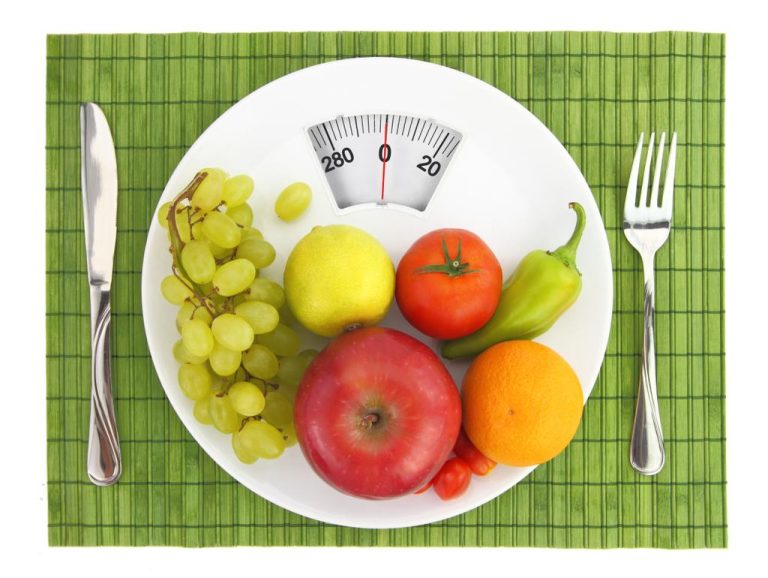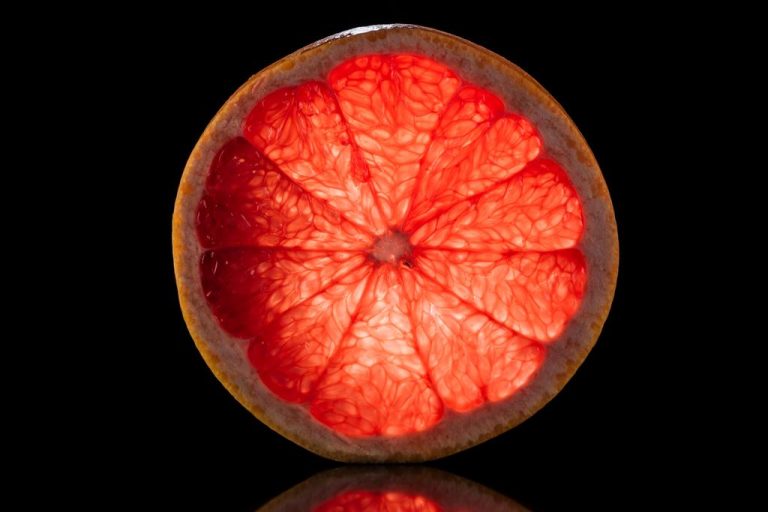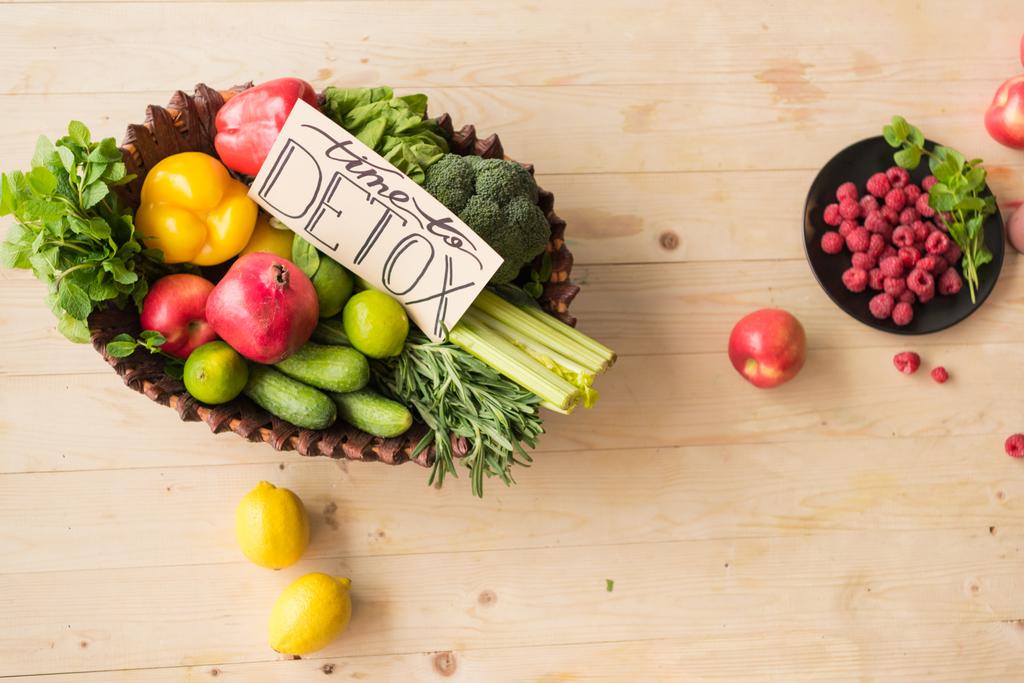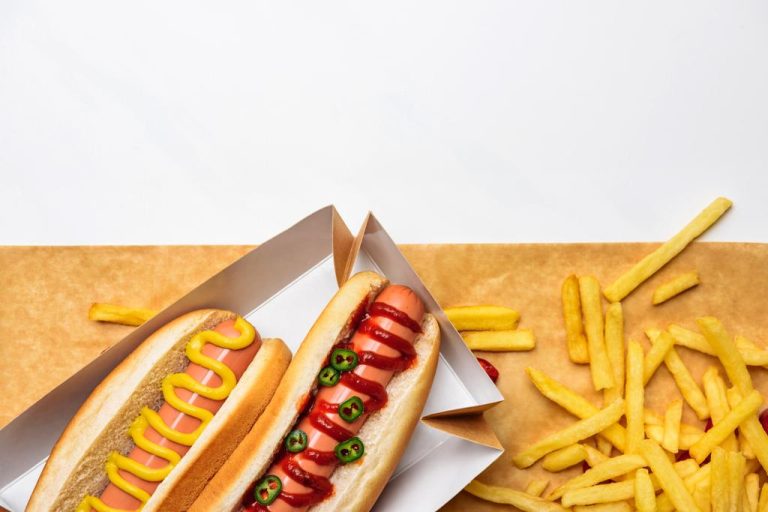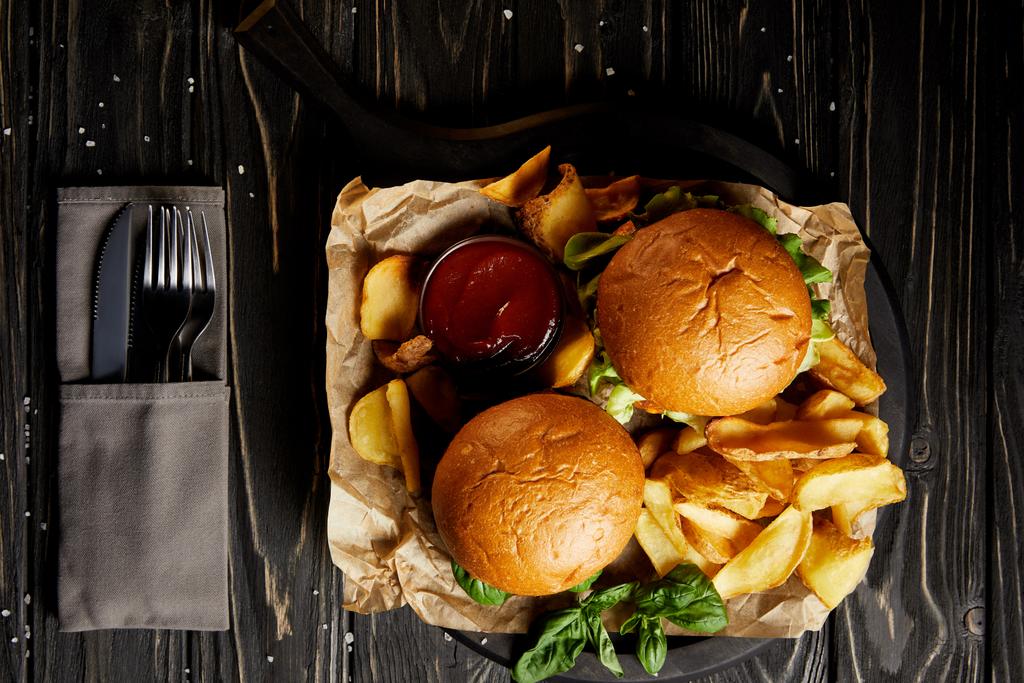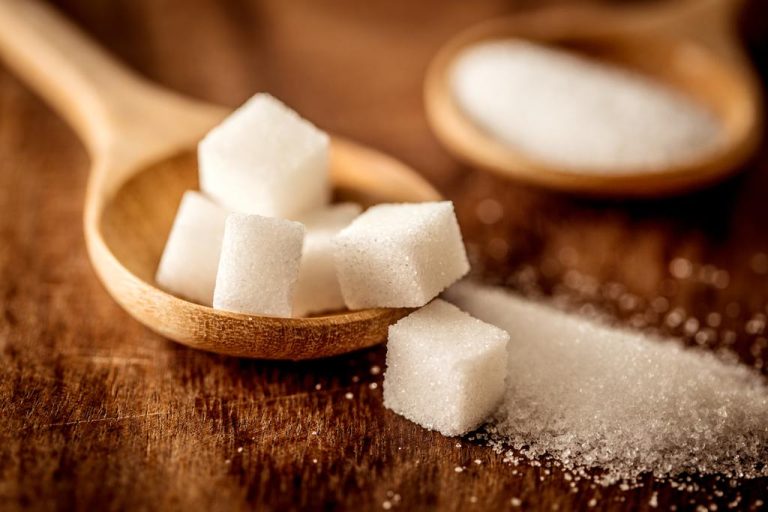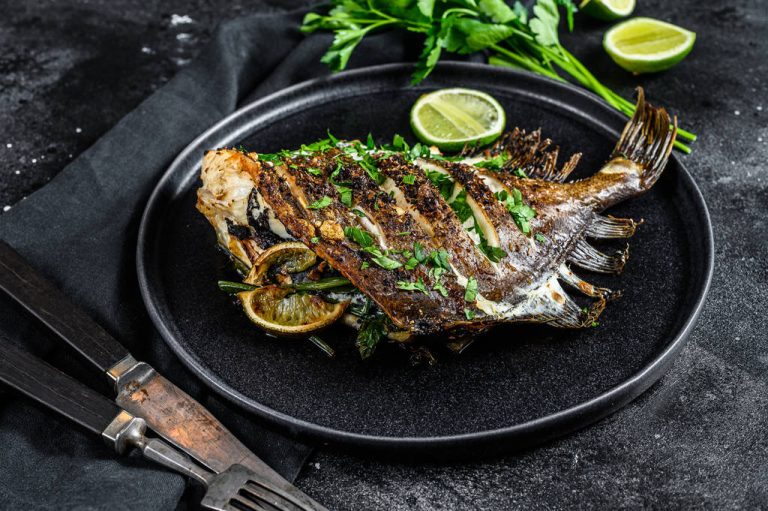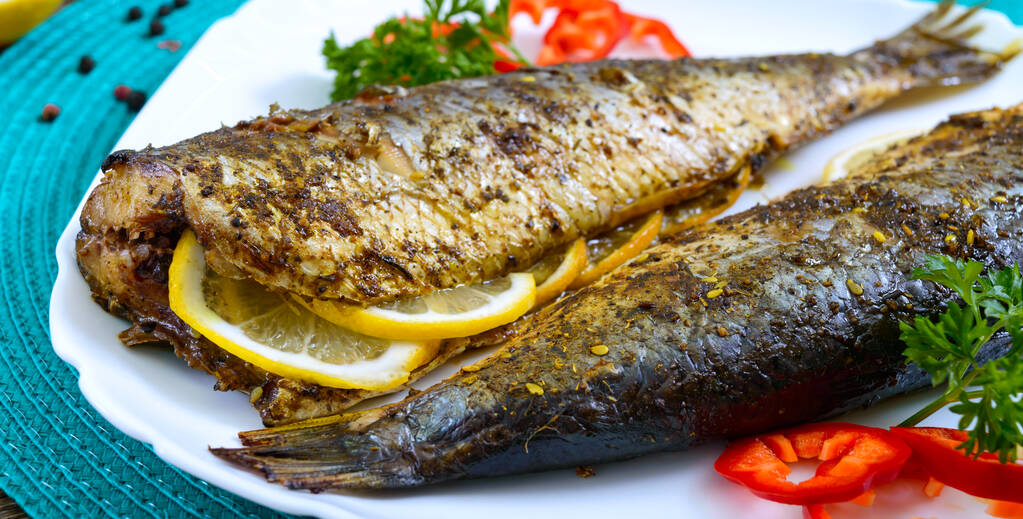Goodbye annoying kilos? Ideally, fasting should be healthy and varied: A vegan diet is very suitable for this.

What exactly does it mean to “eat vegan” anyway?
In a vegan diet, no animal products such as meat, cow’s milk and eggs are consumed. Contrary to popular belief, not eating animal products does not lead to malnutrition as long as you eat a wholesome diet. A wholesome diet means getting all the nutrients (proteins, carbohydrates, and fats), vitamins, and minerals you need.
The main components of a vegan diet include grains, legumes, nuts, seeds and of course fruits and vegetables. Sound boring? But it doesn’t have to be. A vegan diet offers diverse and creative dishes – which are also easy and quick to prepare!
Benefits of a vegan diet
In brief: A healthy and balanced vegan diet can support weight loss in the case of overweight, reduce the risk of cancer and cardiovascular diseases and promote digestion.
1. High in fiber
Many plant-based foods are very low in fat (legumes and grains) and low in calories and can support weight loss. They also contain a high proportion of fiber, which is why plant foods have a very filling effect and at the same time promote digestion. These include, for example, whole grain oatmeal, dried apricots and salsify. Foods such as cheese and meat contain little fiber and can lead to constipation if consumed in excess.
2. Low cholesterol
Plant-based foods have a low cholesterol content. Knew? In fact, oatmeal and walnuts, for example, even lower cholesterol. According to scientific studies, a low-cholesterol diet reduces the risk of cardiovascular diseases such as a heart attack or stroke. On the other hand, everyday mixed foods such as eggs, butter and cheese contain a lot of cholesterol.
3. Lower risk of cancer
The risk of cancer can also be reduced with a vegan diet. The plant-based diet reduces the risk of colon and lung cancer, as well as stomach and prostate cancer. According to the World Health Organization (WHO), red meat (like beef and pork) and processed meat (like cured meats and ham) are classified as carcinogenic to humans. Processed meat and tobacco smoking are even on the same cancer risk level.
Disadvantages of a vegan diet
Since the consumption of meat and dairy products is instilled in many people and is therefore firmly anchored in our cultural values, the switch to a plant-based diet is difficult at first. This takes some getting used to and some research.
In a purely vegan diet, vitamin B12 must be added to the diet, since plant foods primarily contain no B12.
If you only eat vegan for a limited period of time (approx. 1 month), there is no risk of a B12 deficiency.

